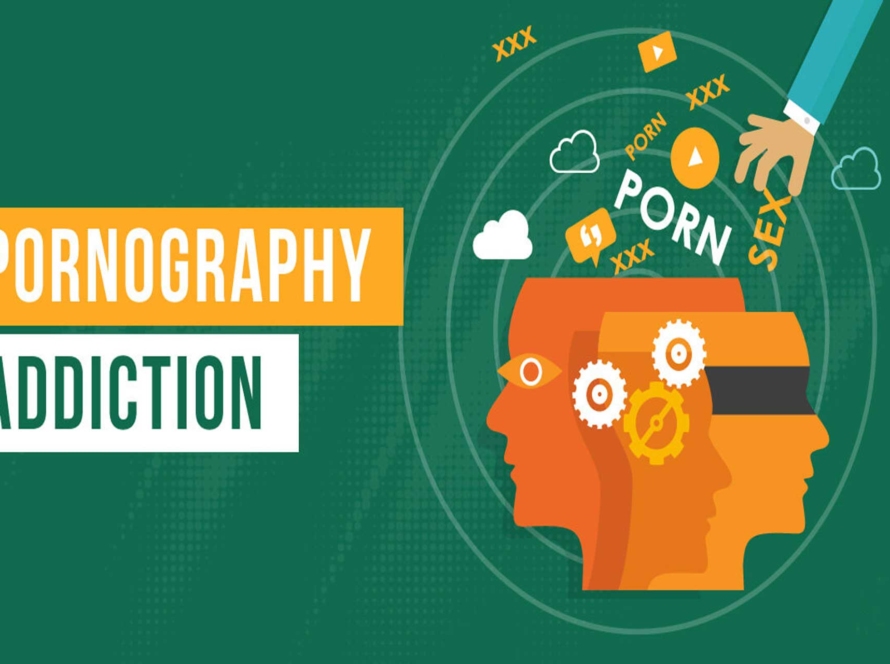Attachment and abandonment trauma often intertwine, especially in the early years of development, profoundly impacting how individuals relate to themselves and others. Here’s what we know about these types of traumas, how they affect people long-term, and how they can be addressed.
Understanding Attachment and Abandonment Trauma
1. Attachment Theory Basics
Attachment theory, pioneered by John Bowlby, suggests that early relationships with primary caregivers create a “blueprint” for future relationships. Secure attachment, characterized by consistent, responsive care, leads to a healthy ability to trust, form relationships, and regulate emotions. However, inconsistent, neglectful, or rejecting caregivers can lead to insecure attachment patterns, which include anxious, avoidant, or disorganized attachment styles.
2. Abandonment Trauma and Insecure Attachment
Abandonment trauma arises when a child perceives a loss or the threat of a loss from a caregiver. This can include physical abandonment (e.g., a parent leaving) or emotional abandonment (e.g., neglect, emotional unavailability). Abandonment trauma is especially impactful because children are entirely dependent on caregivers for survival, making perceived or real abandonment a deep-seated threat that can carry into adulthood.
3. Development of Attachment Styles
- Secure Attachment: Results from consistent, nurturing caregiving. Individuals with secure attachment tend to form stable, trusting relationships and manage stress well.
- Anxious Attachment: Often arises from inconsistent caregiving, where the child isn’t sure whether the caregiver will be emotionally available. Adults with anxious attachment may be overly dependent, fear abandonment intensely, and often need reassurance in relationships.
- Avoidant Attachment: This can develop when caregivers are emotionally distant or dismissive, leading children to learn self-reliance as a defence. Avoidant individuals avoid intimacy and may struggle to express emotions or rely on others.
- Disorganized Attachment: Occurs in chaotic, abusive, or highly unpredictable environments. This style combines anxious and avoidant tendencies, often creating internal conflict in relationships and contributing to more complex emotional and relational challenges.
4. Abandonment Trauma and the Brain
Trauma, including abandonment, can have a lasting effect on the brain. For example, the amygdala (which processes emotions) and the prefrontal cortex (involved in regulation and decision-making) are often impacted, leading to heightened responses to perceived threats of rejection or loss. This can result in hypervigilance to abandonment cues, even in healthy relationships.
Long-Term Effects of Attachment and Abandonment Trauma
- Emotional Regulation Challenges: People with attachment or abandonment trauma often struggle with emotional regulation, experiencing intense highs and lows and a tendency toward anxiety, depression, or mood instability.
- Fear of Rejection and Abandonment: Many individuals develop a chronic fear of abandonment, which can lead to anxious attachment behaviours or distancing as a defence against potential hurt.
- Trust and Dependency Issues: Those with insecure attachment may have difficulty trusting others, leading to challenges in intimacy, dependency, and vulnerability in relationships.
- Self-Worth Issues: Children who experience abandonment trauma often internalize it, feeling as if they are not “good enough” for the caregiver to stay, which can lead to low self-esteem or feelings of unworthiness.
- Unconscious Repetition of Early Dynamics: People with unresolved attachment trauma may unconsciously recreate relational patterns, sometimes aligning with emotionally unavailable partners or enacting cycles of abandonment and emotional distance.
Healing from Attachment and Abandonment Trauma
1. Therapeutic Approaches
- Attachment-Based Therapy: Helps clients explore and understand their attachment patterns and develop healthier relationships. This often includes “reparenting” experiences where therapists provide a secure base.
- Trauma-Informed Therapy: Therapies like Eye Movement Desensitization and Reprocessing (EMDR) or Trauma-Focused Cognitive Behavioral Therapy (TF-CBT) help address past trauma and reduce its impact on the present.
- Dialectical Behavior Therapy (DBT): DBT is particularly useful for those with intense abandonment fears, as it builds skills in emotional regulation, distress tolerance, and mindfulness.
2. Rebuilding Secure Attachments
Healing from abandonment trauma often involves building secure relationships, whether with a therapist, a friend, or a partner. Developing trust, setting boundaries, and practicing vulnerability in safe relationships can help form healthier attachment models.
3. Self-Compassion and Inner Work
Practicing self-compassion can reduce feelings of shame and self-blame that often accompany attachment trauma. This may involve inner child work, where the adult self nurtures the “inner child,” or engaging in practices that enhance self-worth and resilience.
4. Mindfulness and Emotional Regulation
Learning to pause and reflect on emotional responses helps people recognize and regulate abandonment-triggered reactions. Mindfulness and body-based practices, like yoga, can also promote nervous system regulation.
5. Community and Support Systems
Building a network of supportive people can reduce isolation and create a sense of belonging. This may include joining support groups or engaging in community activities that foster connection.
How Therapy Helps Clients with Attachment and Abandonment Trauma
In a therapeutic setting, clients can explore unresolved feelings around abandonment and begin to challenge core beliefs stemming from early experiences. Therapists work on forming a secure, consistent relationship with the client, helping them internalize a sense of security over time. Therapy can gradually decrease the fear of abandonment, enhance self-worth, and encourage healthier relationship patterns.
Attachment and abandonment trauma may take time to heal, as it involves revisiting deep-seated relational patterns. However, individuals can create healthier relationships with themselves and others with consistent support.
Here is a quiz: Find your Attachment Style Quiz
Book a free 10-minute consultation or book your first session with our intern psychotherapist Amanda who specializes in attachment matters. https://mentalhealthandfreedom.janeapp.com/#/staff_member/6



